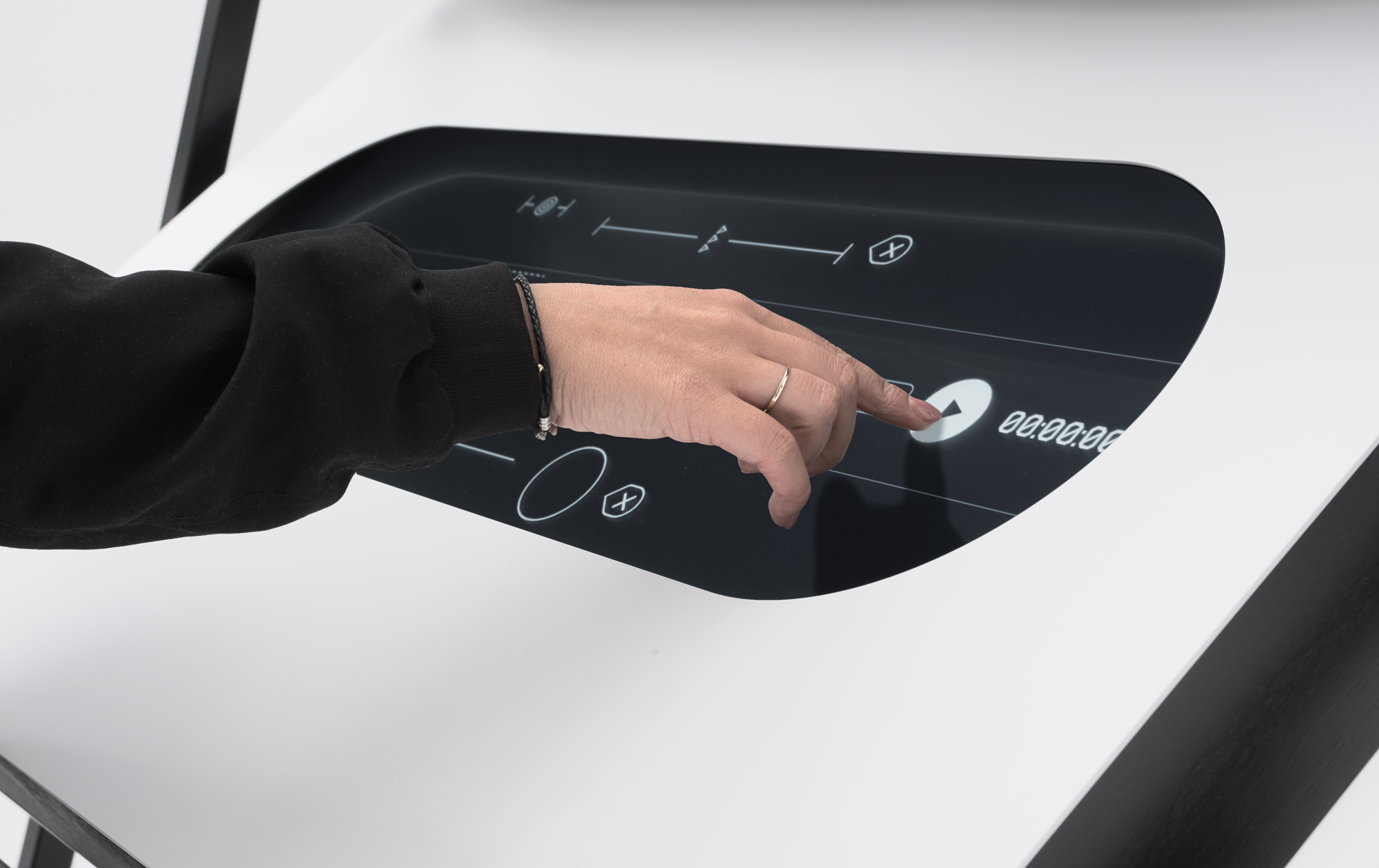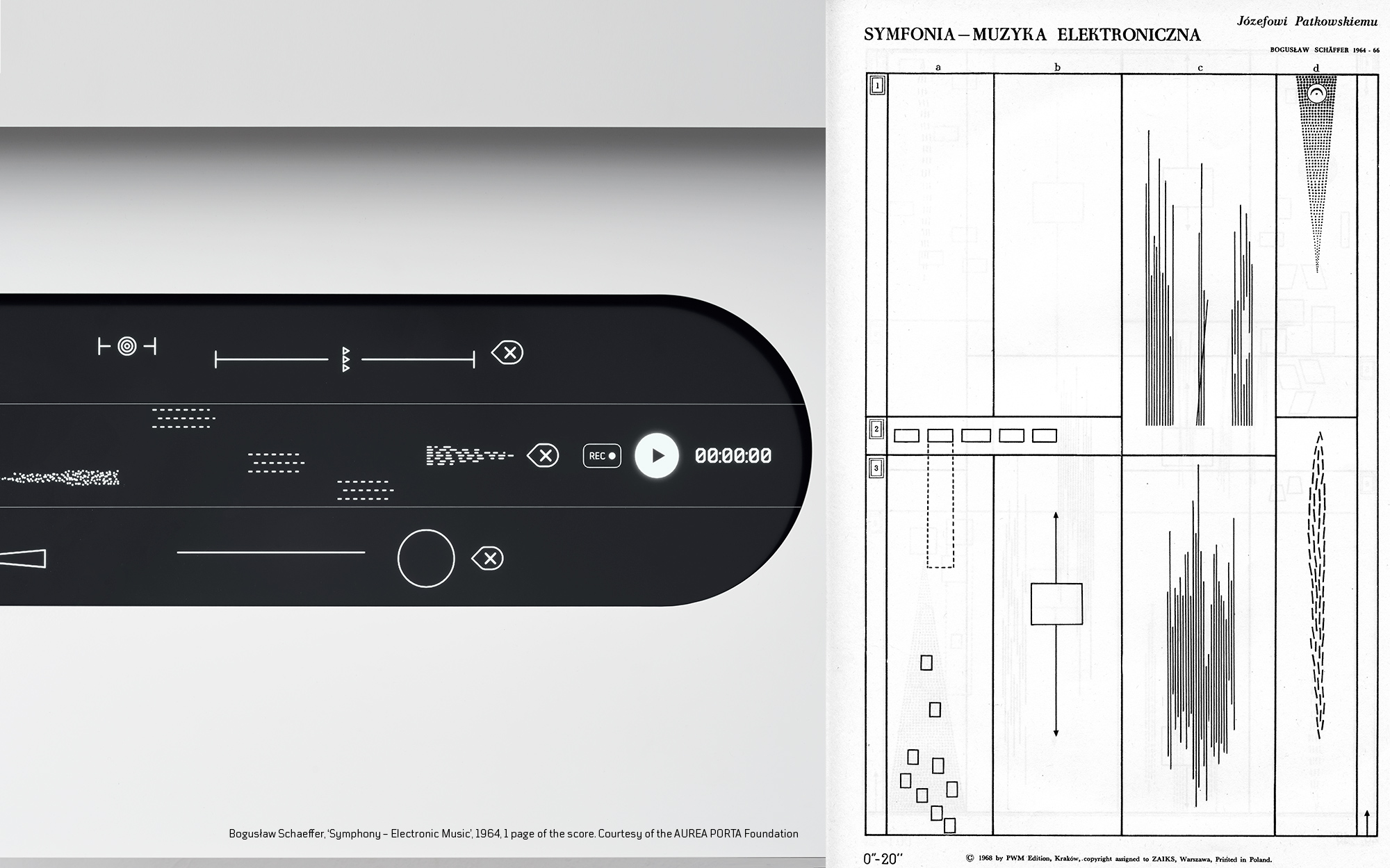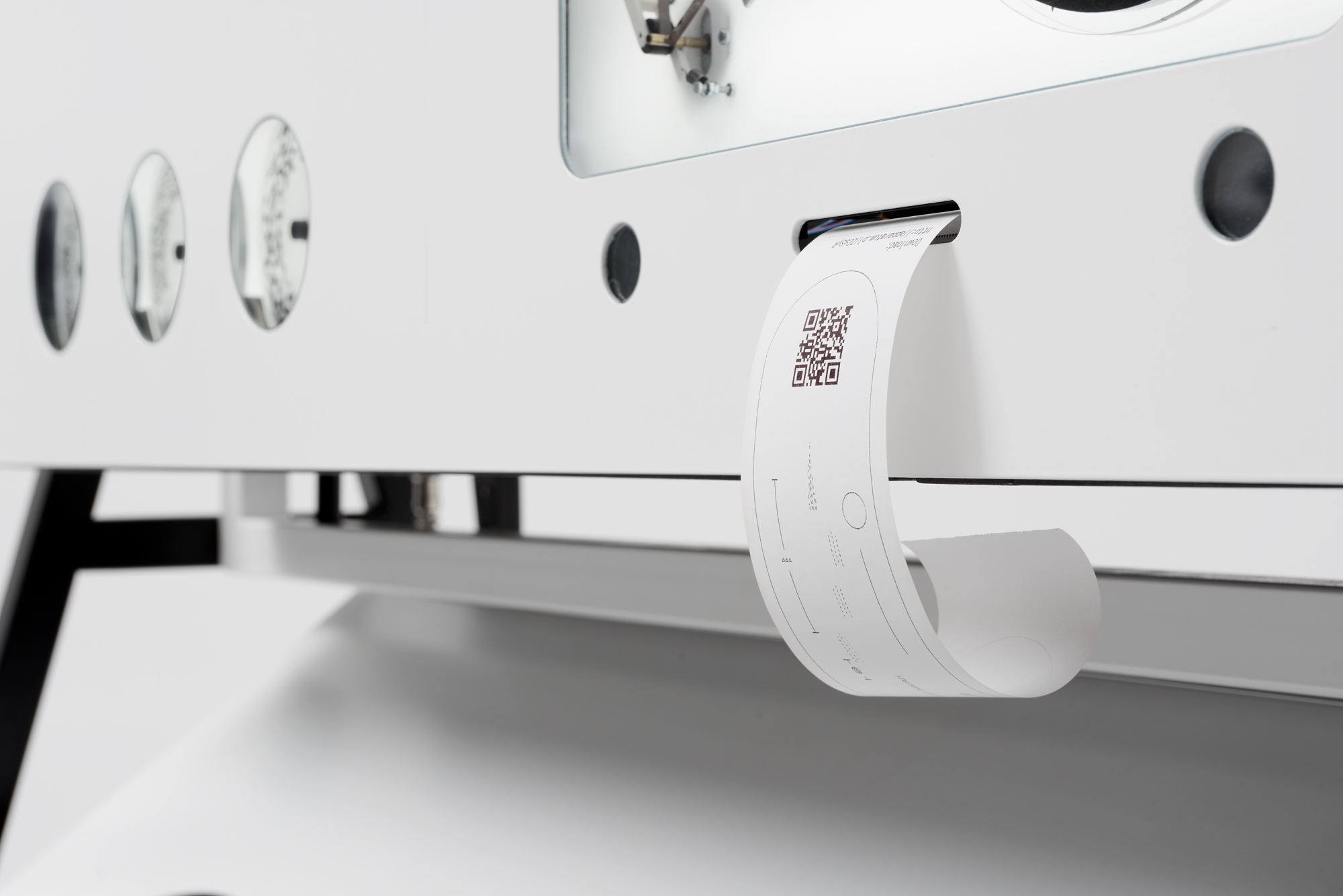
I am taking the option of using my Looking Outwards 04, focusing on the sound design of the project. “Apparatum” was created by two different teams. The “Symphony – electronic music” was composed by Boguslaw Schaeffer, and the produced analogue sounds were created by the panGenerator team.

Compared to regular music, which is prerecorded and planned, sound art uses various beats that gives texture to art, specifically installations, conceptual art, and exhibits. Like I said in Looking Outwards 04, I really liked how they fused communication, product, and sound design all together. With the sound design, the aesthetic design of the entire project is very well done. The designers of this project used various linear tape samplers as primary mediums. Also, to obtain noise and basic tones, spinning discs with graphic patterns were used, which are installed in the radio.
I really admire how different sound designs can be fused together by the user. Also, I admire how user customization is a big part of this project. The sound patterns the user picks are recorded, played out loud, and then printed on a receipt to document the patterns.

![[OLD FALL 2018] 15-104 • Introduction to Computing for Creative Practice](../../../../wp-content/uploads/2020/08/stop-banner.png)